Get up to $1500 in Sign-Up Credits for Boosting Your Marketing with Google Ads!
By Bhcguide City Directory | Jun 24, 2024Are you struggling to get your business noticed online? Do you want to increase your online presence and attract more customers? Look no further than Google Ads! With up to $1500 in sign-up credits based on your budget, Google Ads can help boost your marketing efforts and drive more traffic to your website.
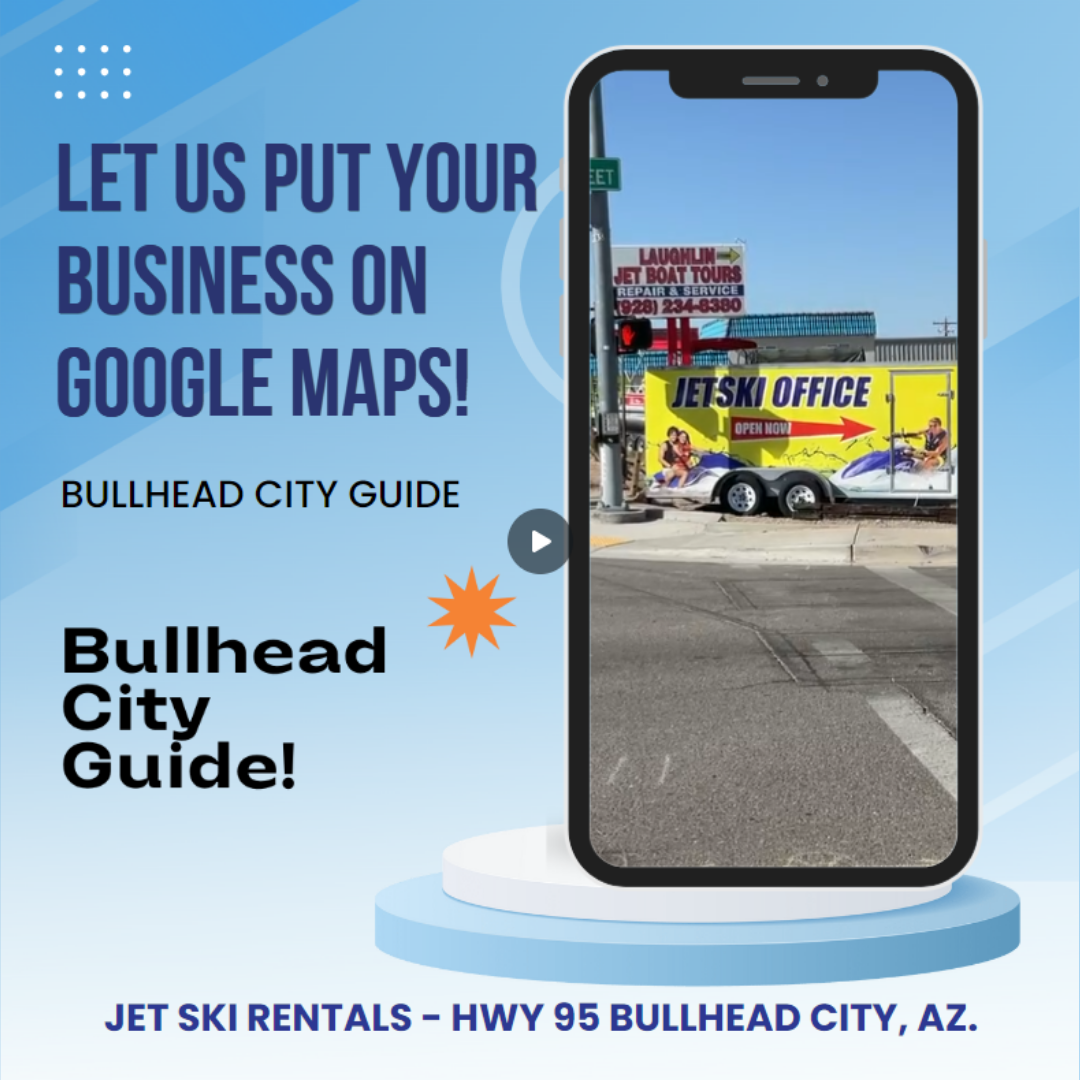
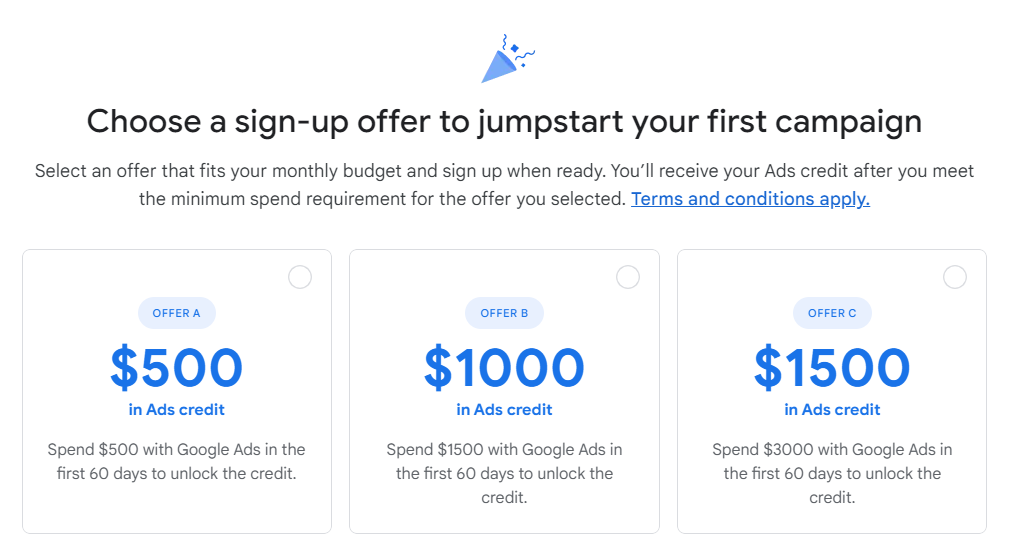

Google Ads is a powerful tool for businesses of all sizes to advertise online. It allows you to create and display ads to potential customers who are searching for products or services like yours. With the ability to target specific keywords, demographics, and locations, you can reach the right audience at the right time. And with up to $1500 in sign-up credits, you can get started with Google Ads without breaking the bank.
Getting started with Google Ads may seem overwhelming, but don't worry - it's easier than you think! In this article, I'll walk you through the basics of Google Ads, how to maximize your sign-up credits, and how to craft winning ad campaigns. Plus, I'll share tips on budgeting and bidding, measuring success, and leveraging advanced features to take your marketing to the next level. So let's dive in and start boosting your marketing with Google Ads!
Key Takeaways
- Google Ads is a powerful tool for businesses to advertise online and attract more customers.
- With up to $1500 in sign-up credits, you can get started with Google Ads without breaking the bank.
- By mastering the basics of Google Ads, crafting winning ad campaigns, and leveraging advanced features, you can take your marketing to the next level and achieve success online.
What Are Google Ads?
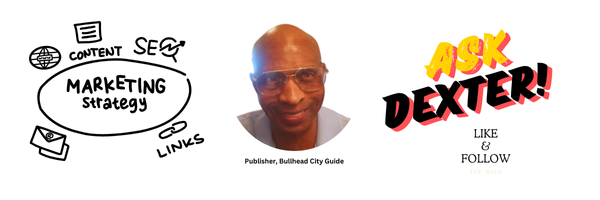

The Basics of Google Ads
As a marketer, I'm always looking for ways to reach new customers and grow my business. That's why I love Google Ads. Google Ads is an online advertising platform that allows you to create and display ads to people who are searching for products or services like yours.
Here's how it works: when someone searches for a keyword related to your business on Google, your ad will appear at the top or bottom of the search results page. You only pay when someone clicks on your ad, which means you're only paying for people who are interested in what you have to offer.
Google Ads is incredibly customizable and allows you to target specific audiences based on factors like location, demographics, and interests. You can also set your own budget and adjust it at any time, so you're always in control of how much you're spending.
Benefits of Using Google Ads

There are so many benefits to using Google Ads. For one, it's a highly effective way to reach new customers and increase your online visibility. With Google Ads, you can create ads that are tailored to your target audience and show up exactly when they're searching for products or services like yours.

Another great thing about Google Ads is that it's incredibly cost-effective. You only pay when someone clicks on your ad, which means you're not wasting money on people who aren't interested in what you have to offer.

Google Ads is also very measurable, which means you can track the success of your campaigns and make adjustments as needed. You can see exactly how many clicks and conversions your ads are generating, which allows you to optimize your campaigns for maximum ROI.

Overall, Google Ads is an incredibly powerful tool for any marketer looking to boost their online presence and reach new customers. With up to $1500 in sign-up credits based on your budget, there's never been a better time to give it a try!
Getting Started with Google Ads
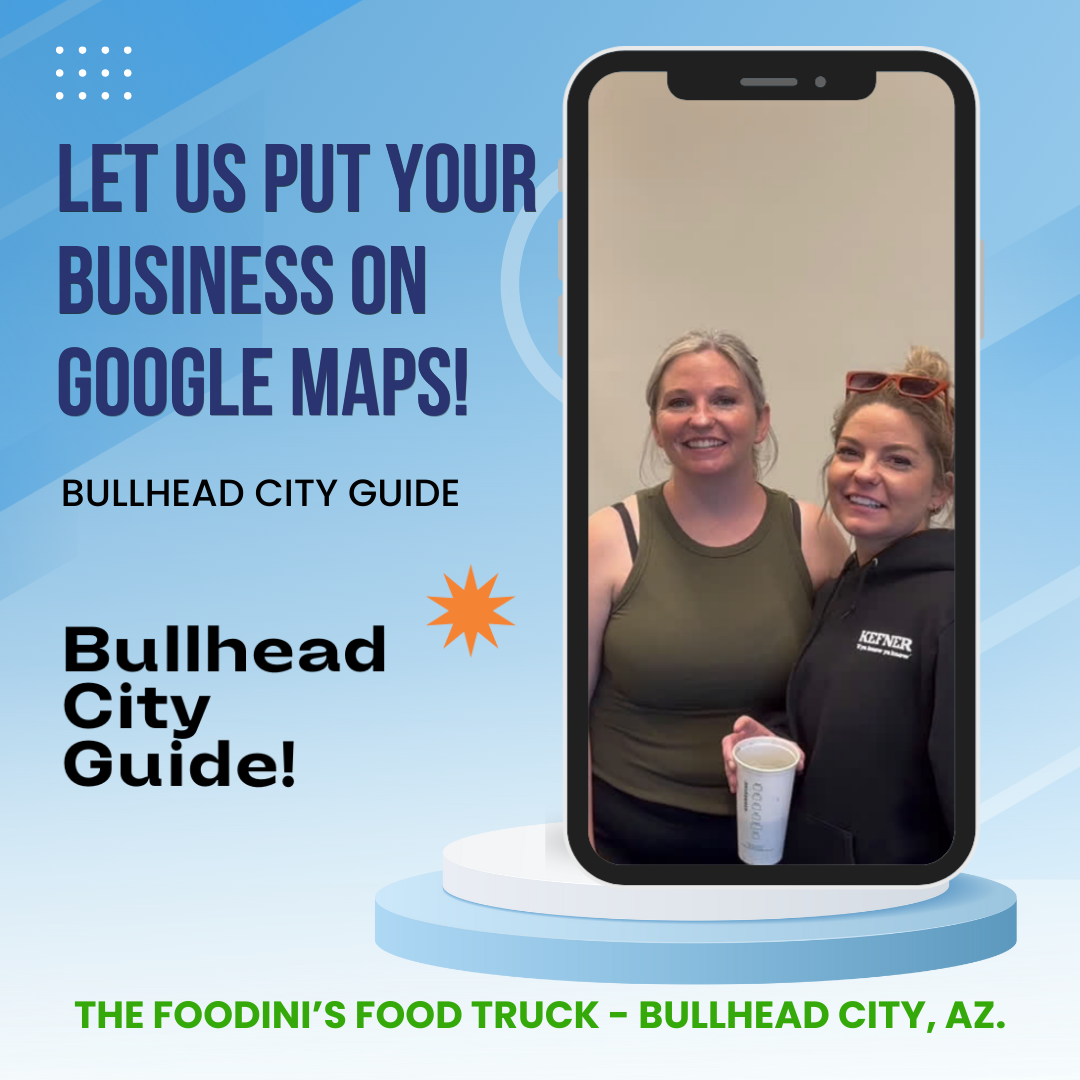
Setting Up Your Google Ads Account
To get started with Google Ads, the first thing you need to do is set up an account. It's a straightforward process, and you can do it in just a few minutes. Here's how:
- Go to the Google Ads website and click on the "Start Now" button.
- Sign in with your Google account or create a new one if you don't have one already.
- Follow the prompts to set up your account information, such as your business name, website, and billing information.
- Once you've completed the setup process, you're ready to start creating your first ad campaign.
Understanding Campaign Structure
Google Ads campaigns are structured into three main levels: campaigns, ad groups, and ads. Here's a brief overview of each level:
Campaigns: This is the highest level of organization in Google Ads. A campaign is where you set your overall advertising goals, such as your budget, target audience, and ad schedule.
- Ad Groups: Within each campaign, you can create ad groups. Ad groups are where you group together related ads and keywords. For example, if you sell shoes, you might create ad groups for men's shoes, women's shoes, and kids' shoes.
- Ads: Finally, within each ad group, you create individual ads. Ads can be text-based, image-based, or video-based, and they're what your potential customers will see when they search for keywords related to your products or services.
By understanding the structure of Google Ads campaigns, you can create more effective ads that are targeted to the right audience and achieve better results for your business.
Maximizing Your $1500 Sign-Up Credits
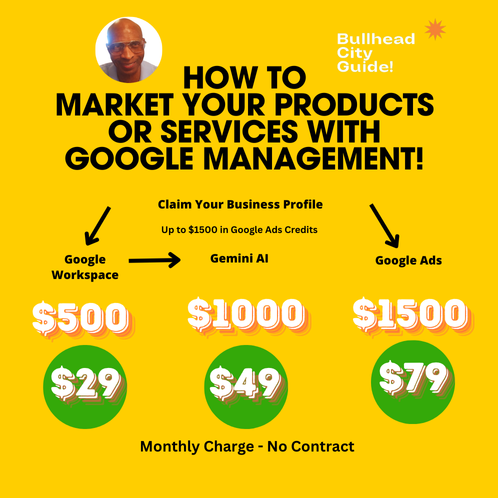
Eligibility for Sign-Up Credits
To be eligible for the $1500 sign-up credits, you need to be a new Google Ads user and meet certain criteria. The criteria vary based on your location and currency, but generally, you need to spend a certain amount within a specific timeframe to receive the credits.
For example, in the US, you need to spend $150 within 31 days of creating your account to receive $150 in credits. In Canada, you need to spend $50 within 14 days of creating your account to receive $150 in credits.
Make sure to check the eligibility criteria for your location and currency before creating your account.
Strategies for Spending Your Credits
Once you've received your sign-up credits, you want to make sure you use them wisely to maximize their impact. Here are some strategies for spending your credits:
Focus on high-performing keywords: Use your credits to bid on keywords that have a high click-through rate (CTR) and conversion rate. This will help you get the most out of your credits and generate more leads or sales.
Test different ad formats: Use your credits to test different ad formats, such as text, image, and video ads. This will help you determine which ad format resonates best with your audience and generates the most clicks and conversions.
Set up conversion tracking: Make sure to set up conversion tracking so you can track the performance of your ads and optimize them for better results. This will help you make the most of your credits and generate a higher return on investment (ROI).
Use ad scheduling: Use ad scheduling to show your ads at the times when your target audience is most active. This will help you maximize your reach and generate more clicks and conversions.
By following these strategies, you can make the most of your sign-up credits and boost your marketing efforts with Google Ads.
Crafting Winning Ad Campaigns
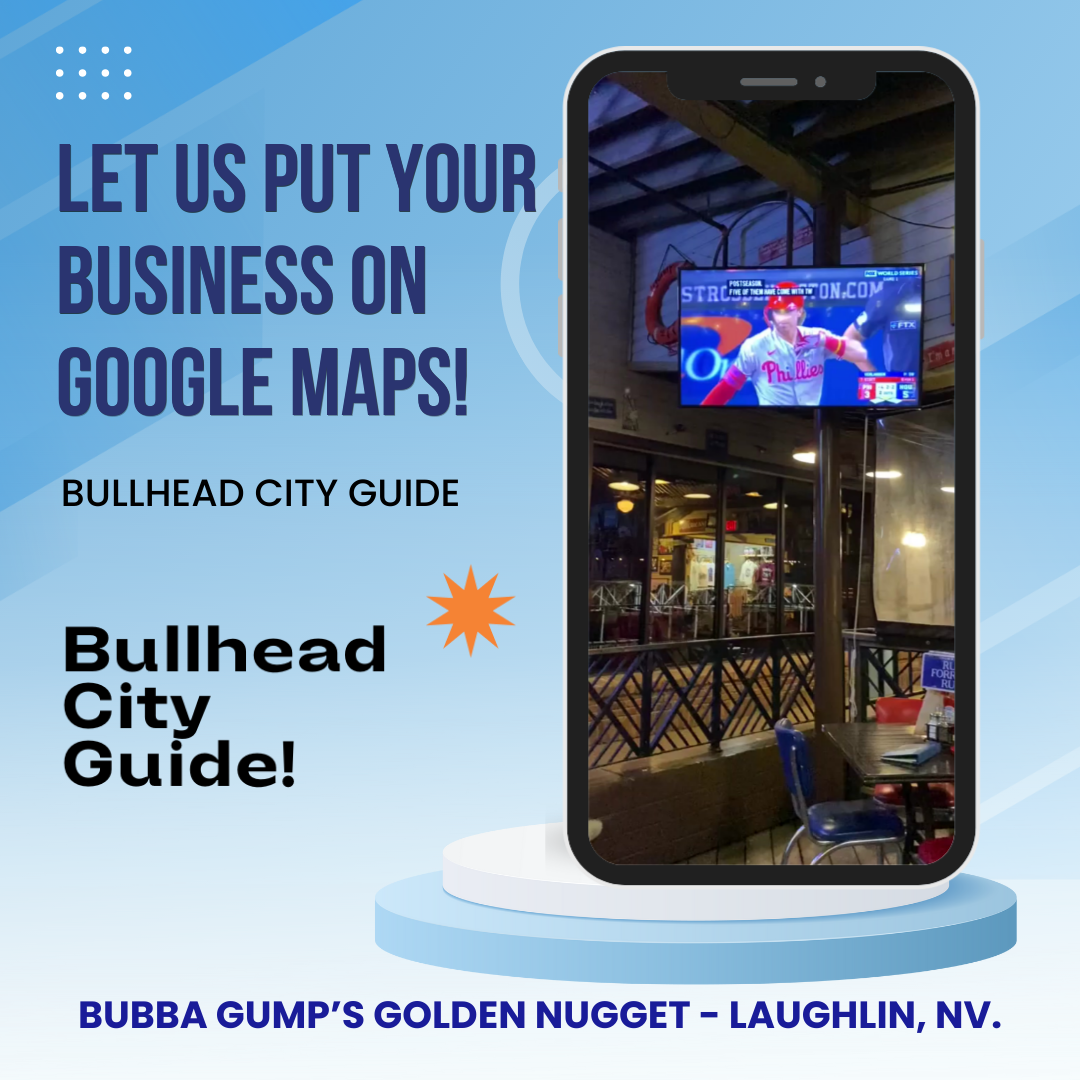
Creating Compelling Ad Copy
When it comes to creating ad copy, I always keep in mind the key elements that make an ad compelling: a clear headline, a strong call to action, and a unique selling proposition. I make sure that the headline is attention-grabbing and concise, and that the call to action is clear and actionable. Additionally, I try to highlight the unique features or benefits of the product or service being advertised, to make it stand out from the competition.
To help me craft effective ad copy, I use tools like Google's Keyword Planner and Ad Preview and Diagnosis. These tools help me understand the search terms and phrases that potential customers are using, and also give me a preview of how my ad will appear in search results. This way, I can tailor my ad copy to match the user's search intent and increase the chances of them clicking on my ad.
Designing Engaging Ad Visuals
Visuals are just as important as ad copy when it comes to creating an effective ad campaign. I always make sure that the visuals are eye-catching and relevant to the product or service being advertised. I also try to use images or videos that showcase the unique features or benefits of the product, to make it more appealing to potential customers.
To create engaging ad visuals, I use tools like Canva and Adobe Creative Suite. These tools allow me to easily create professional-looking graphics and videos, even if I don't have a background in design. I also make sure that the visuals are optimized for different devices and platforms, to ensure that they look great and load quickly on desktop and mobile devices.
Overall, crafting winning ad campaigns requires a combination of compelling ad copy and engaging ad visuals. By keeping these key elements in mind, and using the right tools and techniques, I am able to create effective ad campaigns that drive traffic and conversions for my clients.
Budgeting and Bidding
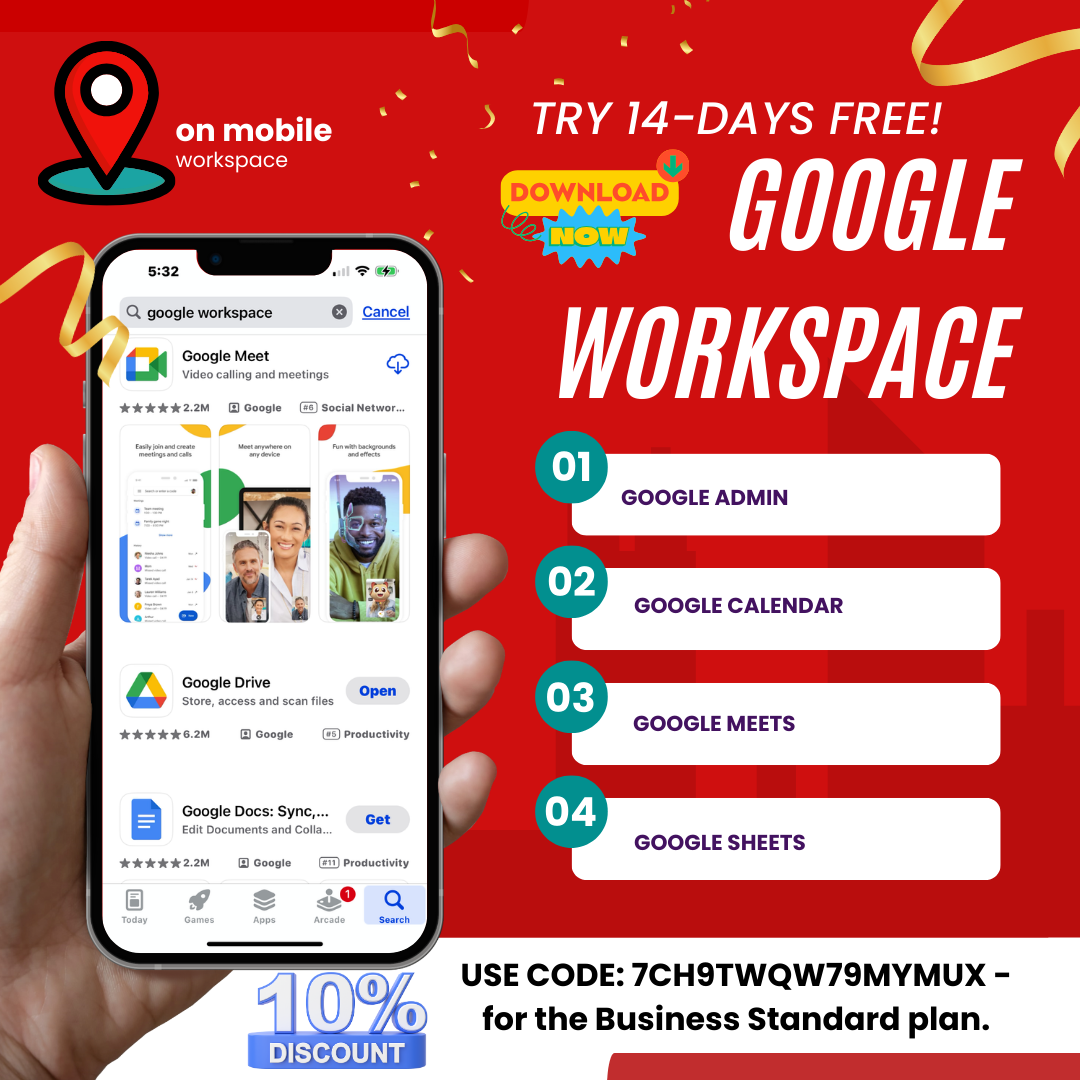
Understanding Bidding Strategies
When it comes to bidding on Google Ads, there are several strategies you can use. The most common ones are cost-per-click (CPC), cost-per-thousand impressions (CPM), and cost-per-acquisition (CPA).
With CPC bidding, you only pay when someone clicks on your ad. This is a good option if you want to drive traffic to your website or landing page. CPM bidding is based on impressions, which means you pay for every 1000 times your ad is shown. This is a good option if you want to increase brand awareness.
CPA bidding is based on conversions, which means you only pay when someone takes a specific action on your website, such as making a purchase or filling out a form. This is a good option if you want to focus on driving sales or leads.
Allocating Your Marketing Budget
When it comes to allocating your marketing budget, it's important to consider your overall goals and objectives. You should also take into account your target audience, competition, and industry trends.
One approach is to use the 70/20/10 rule, which suggests allocating 70% of your budget to proven tactics, 20% to new and experimental tactics, and 10% to high-risk, high-reward tactics.
Another approach is to use a data-driven approach, where you analyze your past campaign performance and adjust your budget accordingly. You can also use tools like Google Analytics to track your website traffic and conversion rates, which can help you make informed decisions about where to allocate your budget.
Remember, it's important to regularly review and adjust your budget as needed to ensure you're getting the best ROI for your marketing efforts.
Measuring Success
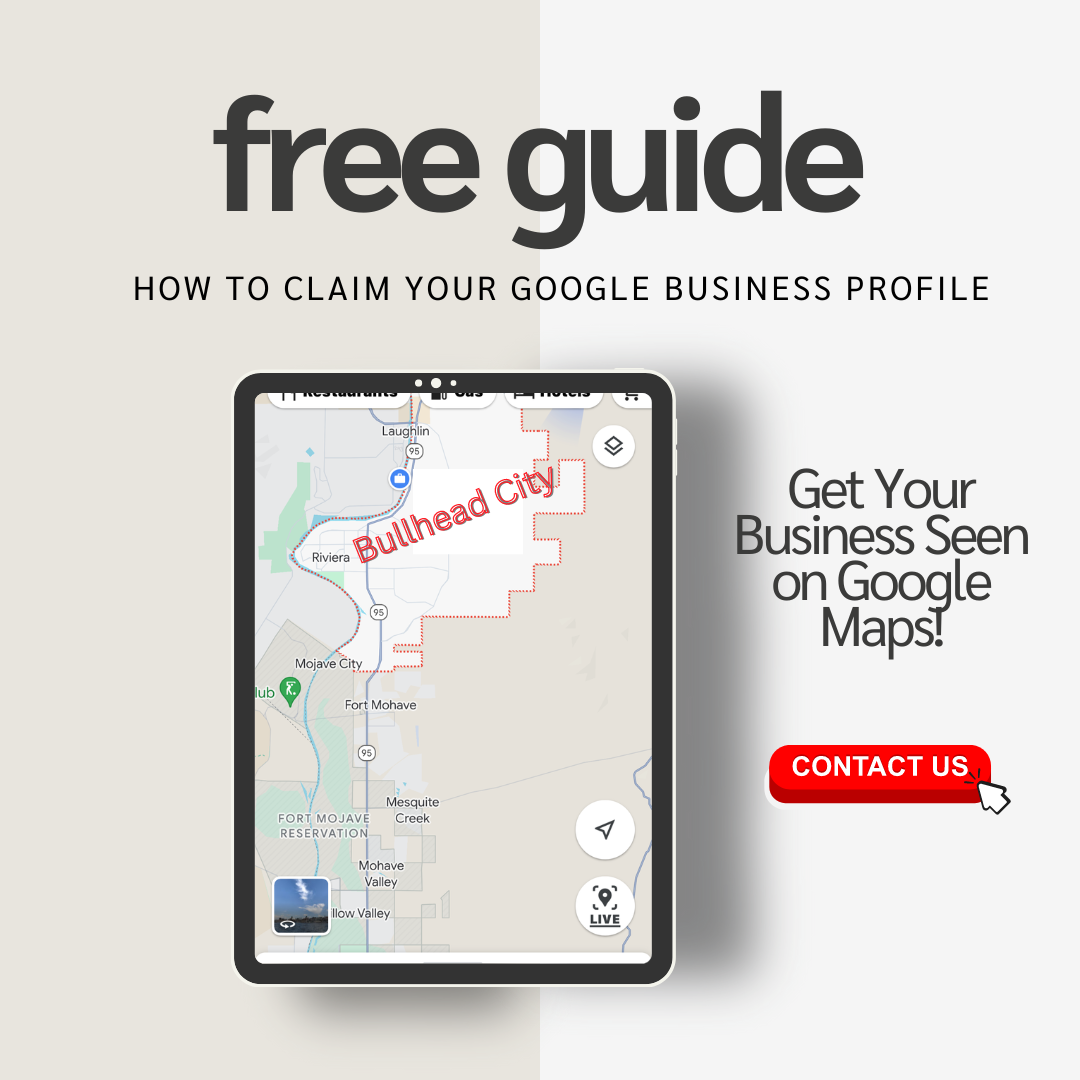
Tracking Campaign Performance
As a marketer, it's important to track the performance of your Google Ads campaigns to ensure that you're getting the most out of your budget. One way to do this is by monitoring key metrics such as click-through rates, cost per click, and conversion rates. By analyzing this data, you can identify which campaigns are performing well and which ones need improvement.
Another important metric to track is your return on investment (ROI). This will help you determine whether your campaigns are generating a positive return or if you need to adjust your strategy. Google Ads provides a variety of tools to help you track your ROI, including conversion tracking and Google Analytics.
Using Analytics to Optimize Ads
Google Analytics is a powerful tool that can help you optimize your Google Ads campaigns. By analyzing user behavior on your website, you can identify which ads are driving the most traffic and conversions. You can also use this data to identify areas for improvement, such as landing pages that need to be optimized or keywords that need to be adjusted.
Another useful feature of Google Analytics is the ability to create custom reports. This allows you to track specific metrics that are important to your business, such as the number of leads generated or the average time spent on your website. By monitoring these metrics, you can make data-driven decisions to improve your campaigns and drive better results.
In conclusion, tracking the performance of your Google Ads campaigns is critical to achieving success. By monitoring key metrics and using tools like Google Analytics, you can optimize your campaigns and maximize your ROI.
Leveraging Advanced Features
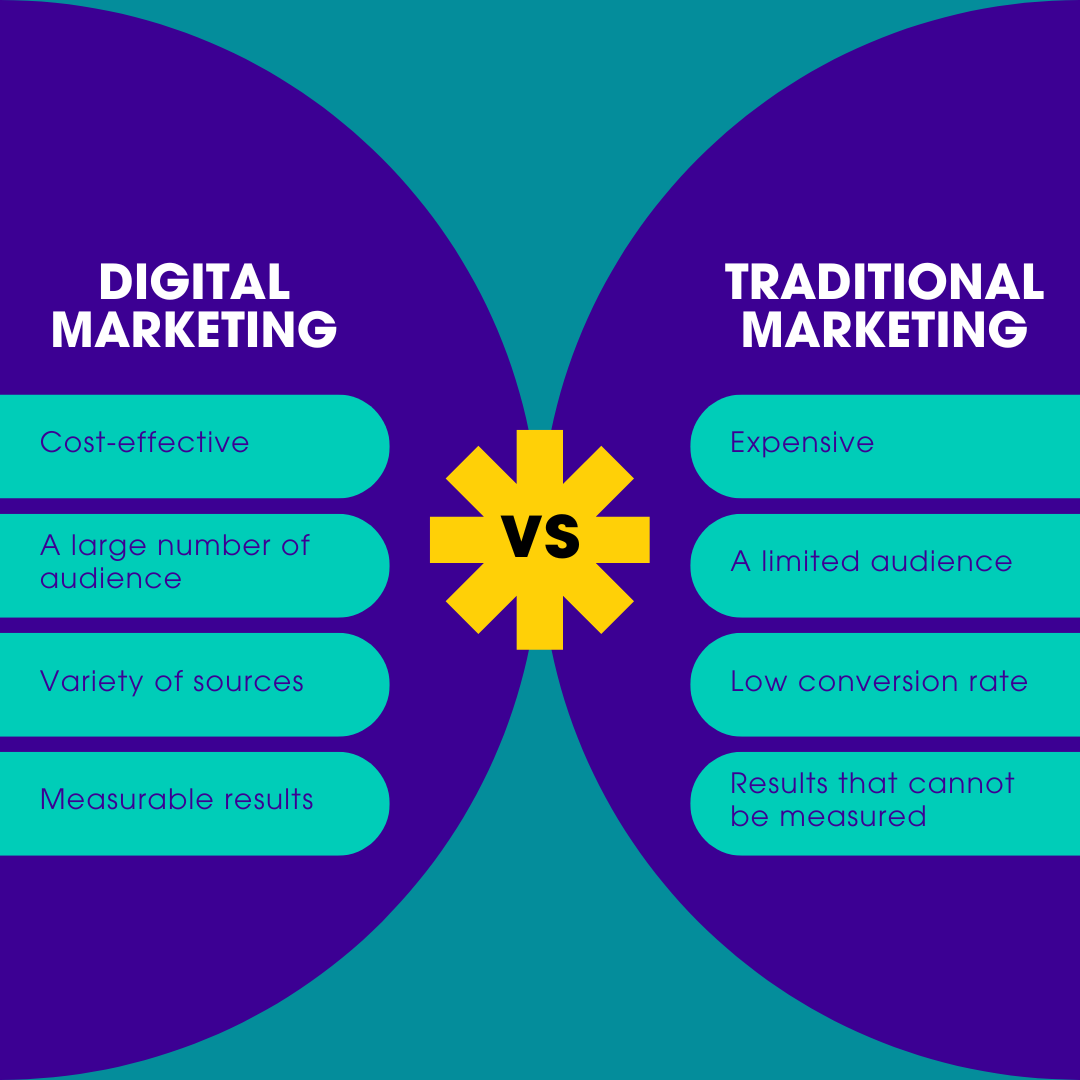
Exploring Ad Extensions
As I've mentioned before, Google Ads offers a wide range of ad extensions that can help you improve the performance of your ads. Ad extensions are additional pieces of information that can appear beneath your ad, providing more details about your business, products, or services.
Some of the most popular ad extensions include call extensions, sitelink extensions, and location extensions. Call extensions allow you to add a phone number to your ad, making it easier for potential customers to contact you directly. Sitelink extensions, on the other hand, enable you to add additional links to your ad, directing users to specific pages on your website. Location extensions, as the name suggests, display your business address alongside your ad, making it easier for local customers to find you.
By using ad extensions, you can make your ads more informative and engaging, which can lead to higher click-through rates and conversions. So, make sure to explore the different ad extensions available and choose the ones that best fit your business goals.
Targeting and Remarketing Techniques
One of the most powerful features of Google Ads is its advanced targeting options. With Google Ads, you can target your ads to specific audiences based on factors such as location, age, gender, interests, and more. By targeting your ads to the right audience, you can ensure that your ads are seen by people who are most likely to be interested in your products or services.
Another effective technique for boosting your marketing with Google Ads is remarketing. Remarketing allows you to show ads to people who have already interacted with your business, such as by visiting your website or clicking on one of your ads. By showing targeted ads to people who have already shown an interest in your business, you can increase your chances of converting them into customers.
To make the most of these targeting and remarketing techniques, you'll need to set up your Google Ads campaigns carefully and monitor their performance regularly. By doing so, you can refine your targeting and remarketing strategies over time, improving the overall effectiveness of your ads.
Staying Up-to-Date with Google Ads

As someone who uses Google Ads to boost my marketing efforts, it's important to stay up-to-date with the latest changes and updates to the platform. Here are a few ways I do that:
Keeping Up with Platform Changes
Google Ads is constantly evolving, with new features and updates being rolled out all the time. To stay on top of these changes, I make sure to regularly check the Google Ads blog and follow the Google Ads social media accounts. This way, I can stay informed about any new features or updates that may impact my campaigns.
Additionally, I keep an eye on my campaign performance and make adjustments as needed. This helps me stay ahead of any changes that may impact my campaigns and ensures that I'm always optimizing for the best results.
Continuing Education and Resources
To ensure that I'm always improving my skills and knowledge of Google Ads, I take advantage of the many education and resource options available. For example, I regularly attend webinars and training sessions hosted by Google Ads, which provide valuable insights and best practices for optimizing my campaigns.
I also make use of the Google Ads Help Center and Community forums, which offer a wealth of information and resources on everything from campaign setup to advanced optimization techniques.
By staying up-to-date with Google Ads and continuing to educate myself on the platform, I can ensure that my campaigns are always performing at their best and driving the results I need to succeed.
Frequently Asked Questions
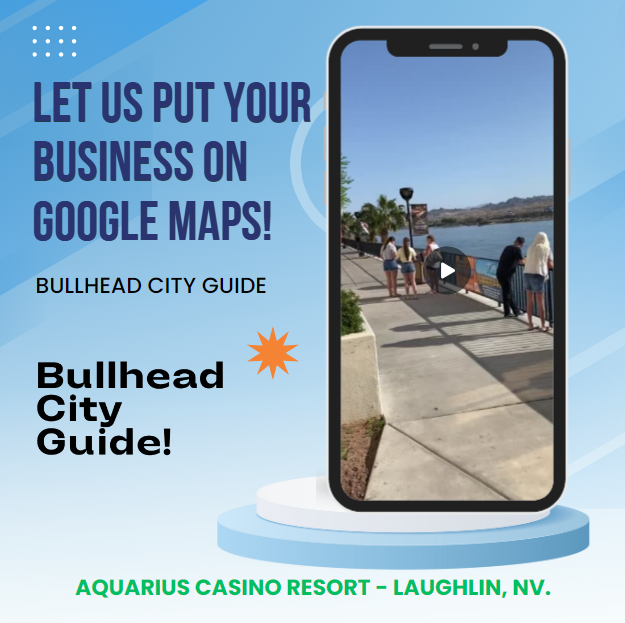
How do I qualify for Google Ads sign-up credits?
To qualify for Google Ads sign-up credits, you need to be a new advertiser on Google Ads and meet the eligibility requirements. The eligibility requirements vary by country, but generally include having a valid billing address and adhering to Google Ads policies.
What are the best strategies to maximize my Google Ads budget?
There are many strategies you can use to maximize your Google Ads budget, including targeting the right keywords, creating compelling ad copy, and optimizing your landing page. It's also important to track your results and adjust your campaigns accordingly.
Can I use the sign-up credits for any type of campaign on Google Ads?
Yes, you can use the sign-up credits for any type of campaign on Google Ads, including search, display, and video campaigns.
Are there any restrictions on how I can spend the $1500 in Google Ads credits?
Yes, there are some restrictions on how you can spend the $1500 in Google Ads credits. For example, the credits cannot be used to cover costs incurred before the credit was applied to your account, and they cannot be used to pay for third-party services.
How long do I have to use my Google Ads sign-up credits once they're applied to my account?
Once your Google Ads sign-up credits are applied to your account, you typically have 14 days to use them before they expire. However, the exact expiration date may vary depending on the terms of the promotion.
What happens to my Google Ads credits if I don't use the full amount?
If you don't use the full amount of your Google Ads credits, the remaining balance will expire and cannot be used for future campaigns. It's important to use your credits before they expire to get the most value out of them.